For the past two days, I attended the annual Ottawa-Carleton Institute of Biology (OCIB)
Symposium at Carleton University. Yesterday, I went for a walk at the
Arboretum after lunch.
It was hot and sunny during that time, so I didn't see much wildlife. I did see this Common Grackle (Quiscalus quiscula).
Beautiful bird.
A Brown-belted bumble bee (Bombus griseocollis) visiting the squill.
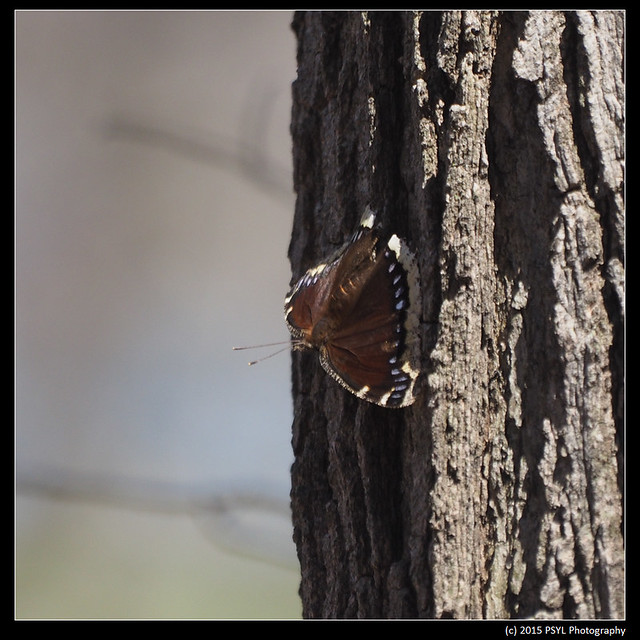
Another Mourning Cloak.

Wood Ducks with Canada Geese.
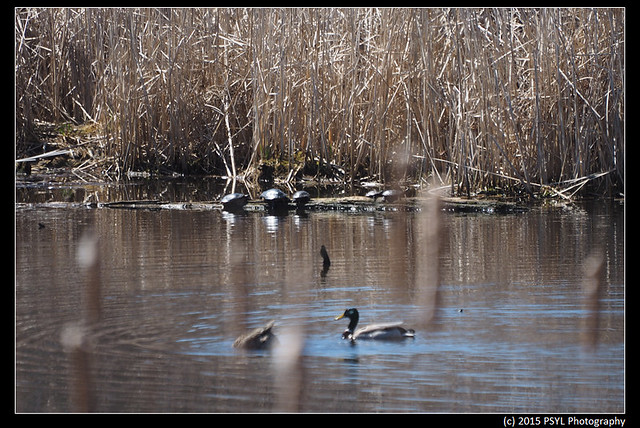
Turtles!

Another Mourning Cloak.

Wood Ducks with Canada Geese.

Turtles!
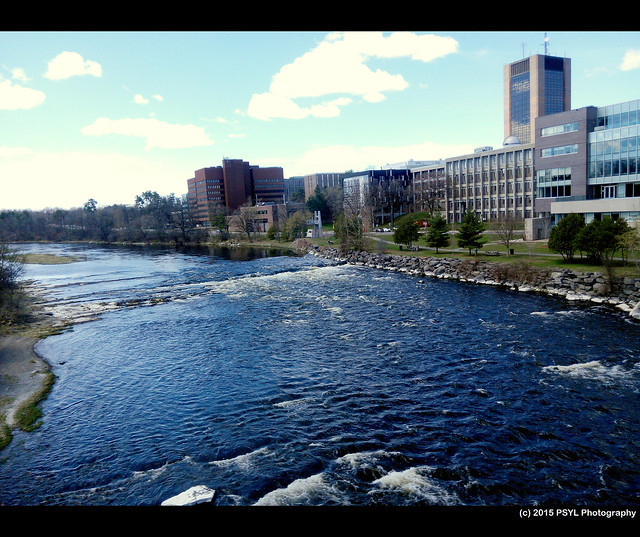
View of the Rideau River today from the O-Train.
Now, the reason why I have a (borrowed) Nikon D70S is that this field season, I plan to determine if my study species (Mertensia fusiformis and M. brevistyla)
have different floral UV patterns. I have been acquiring different
equipments that enables me to photograph in the UV spectrum, including the
borrowed Nikon D70S, a lens suitable for UV photography (i.e., EL-NIKKOR
75mm f/4 enlarger lens), something to attach the enlarger lens to the
camera body (a helicoid extension tube, a 39 to 42 adapter ring, and a
T-Mount Nikon adapter), a filter that allows the transmission of UV
light (i.e., Badder U filter), and a 40.5 to 48 step-up adapter ring (to
attach the filter to the lens). I gathered most of the information I
needed from online sources (such as: 1, 2, and 3),
but I have also asked for help from a Carleton graduate student studying ultraviolet
patterns on insects. I visited her this afternoon to get some
pointers on how to take UV photographs before my field
season.

UV photo of UV-absorbing sunscreen dabbed on a white paper.

Dandelion in visible light.
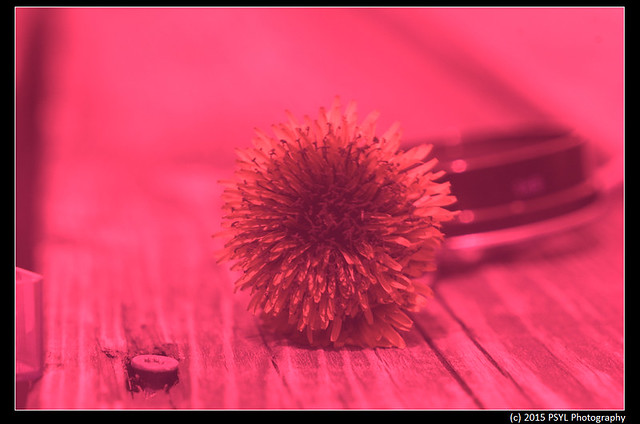
Dandelion in UV light. As you can see, the petals are UV bright and the center is UV dark. It's going to be a fun summer seeing wildflowers in the UV spectrum.


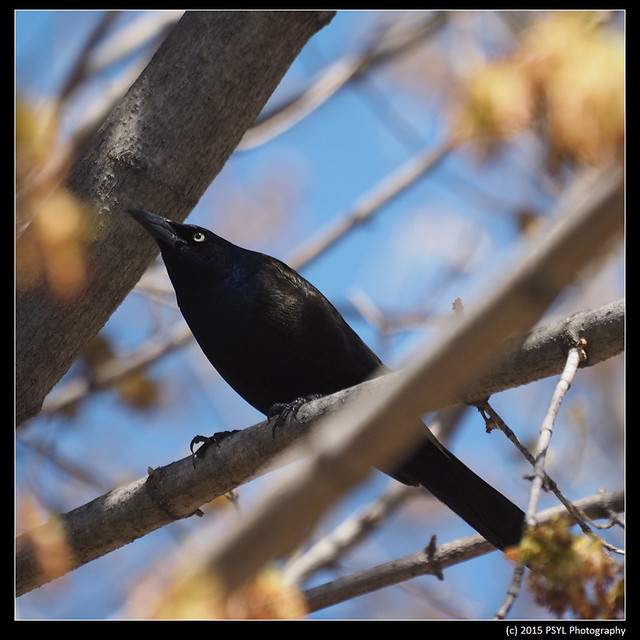
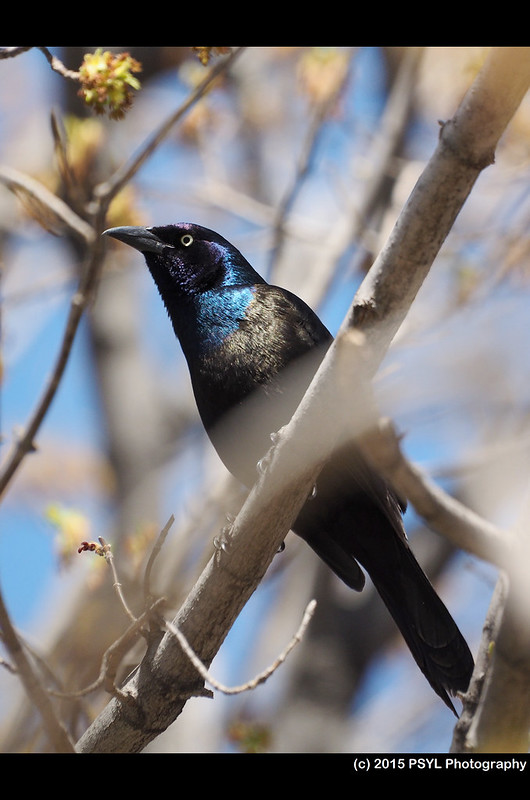
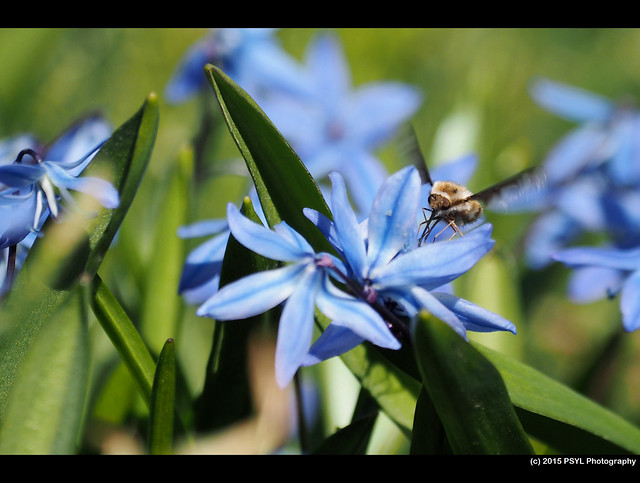
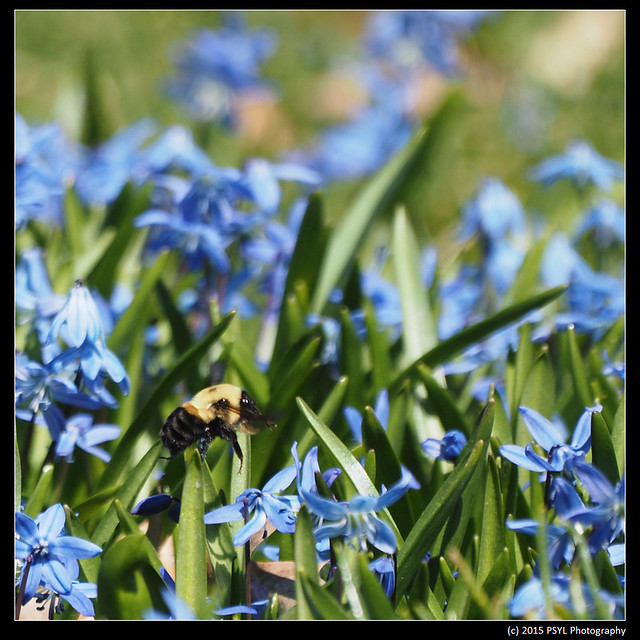
No comments:
Post a Comment